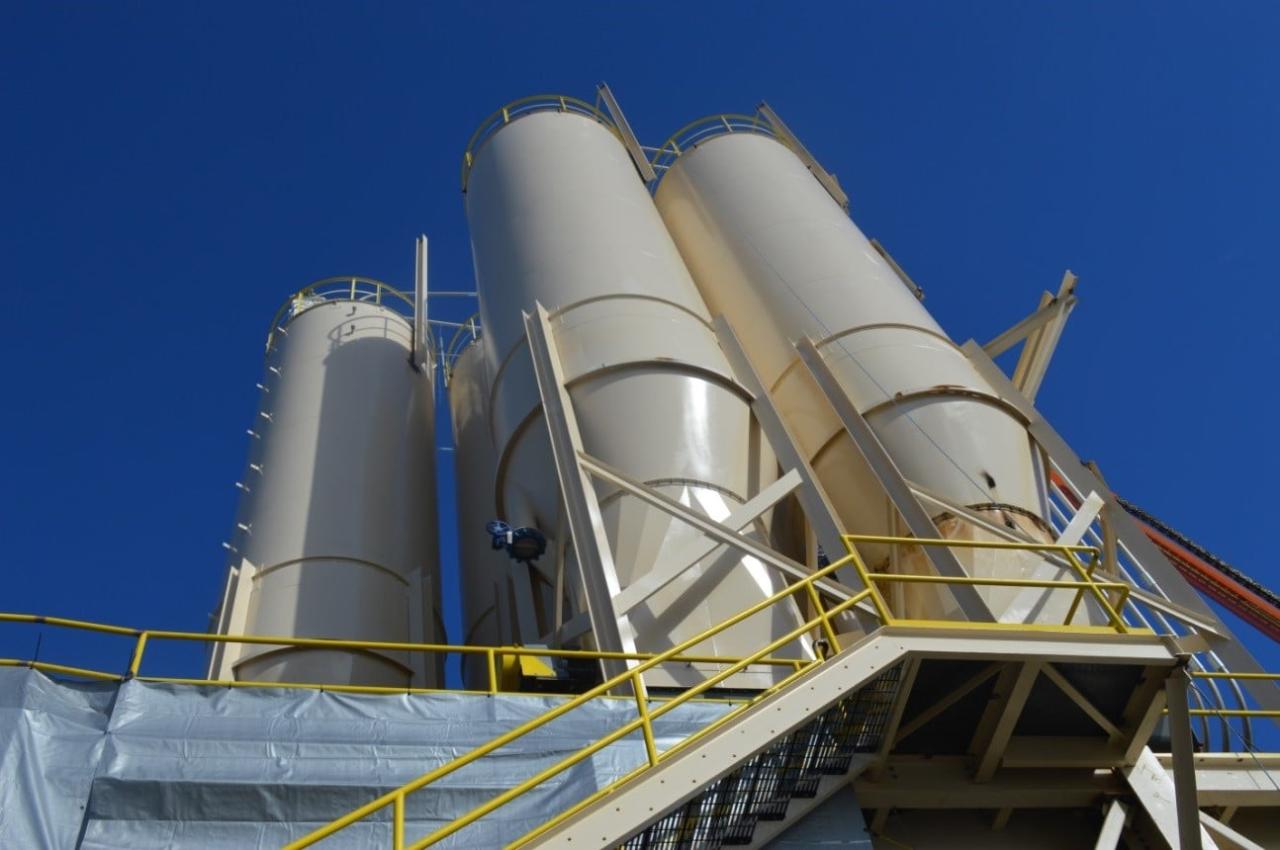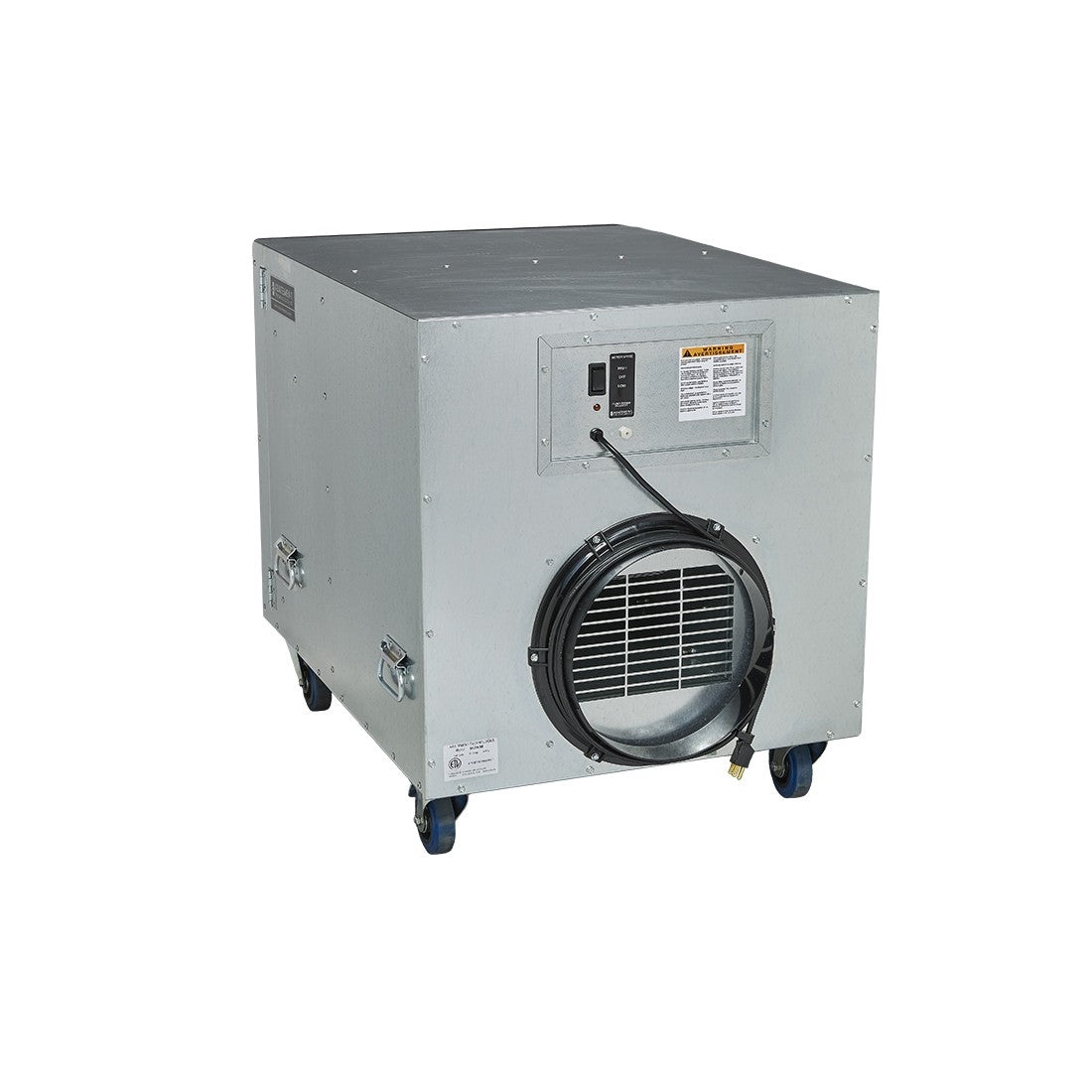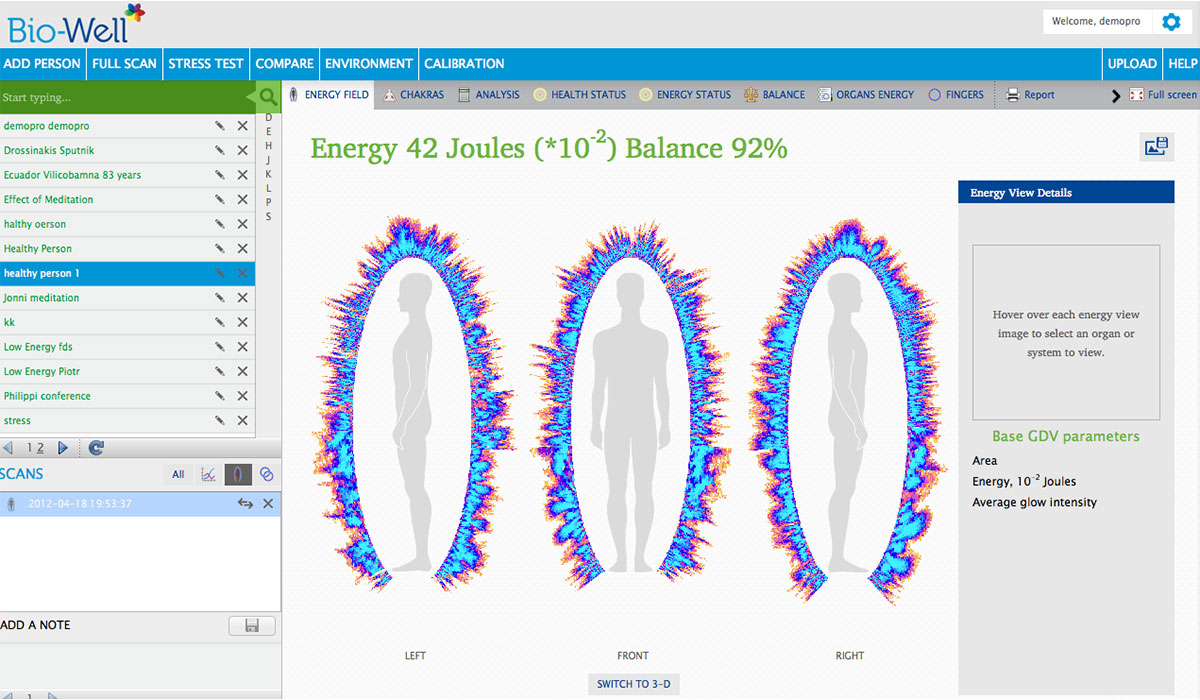Sorbent Technologies: Cleaning Up Our World
Sorbent technologies play a crucial role in addressing environmental challenges and improving our quality of life. These innovative materials, capable of absorbing and retaining various substances, are employed across diverse […]

Sorbent technologies play a crucial role in addressing environmental challenges and improving our quality of life. These innovative materials, capable of absorbing and retaining various substances, are employed across diverse industries, from water purification and pollution control to medical applications and industrial processes.
Sorbents, ranging from natural materials like activated carbon to synthetic polymers, offer a wide array of properties, allowing them to target specific pollutants and contaminants. Their versatility and effectiveness make them essential tools for tackling environmental issues and advancing technological progress.
Introduction to Sorbent Technologies

Sorbent technologies encompass a diverse range of materials and processes that leverage the ability of certain substances to selectively capture and retain specific molecules or ions from a fluid phase, such as air or water. These materials, known as sorbents, possess a unique structure and chemical composition that enables them to bind to target substances through various mechanisms, including physical adsorption, chemical absorption, or ion exchange.
Sorbent technologies play a crucial role in various industries, including environmental remediation, chemical processing, and healthcare. Their applications range from purifying water and air to removing pollutants from industrial emissions, separating valuable components from mixtures, and delivering controlled drug release.
Types of Sorbents and Their Applications
Sorbents can be classified into various categories based on their chemical composition, physical properties, and mechanisms of action. Here are some common types of sorbents and their respective applications:
- Activated Carbon: A highly porous material with a large surface area, activated carbon is widely used for adsorbing a wide range of pollutants, including volatile organic compounds (VOCs), heavy metals, and toxins. It finds applications in air purification, water treatment, and industrial waste management.
- Zeolites: These crystalline aluminosilicates possess a unique structure with interconnected pores and channels, making them effective for separating and adsorbing specific molecules. Zeolites are commonly employed in gas separation, catalysis, and ion exchange applications.
- Silica Gel: A highly porous silica-based material, silica gel is renowned for its excellent moisture absorption capabilities. It is widely used as a desiccant in packaging, food storage, and industrial processes to prevent moisture damage.
- Resins: Synthetic polymers with functional groups, resins are commonly used in ion exchange processes. They can selectively remove ions from solutions, making them valuable in water softening, wastewater treatment, and pharmaceutical production.
- Biochar: A charcoal-like material produced from the pyrolysis of biomass, biochar possesses a porous structure and high surface area, making it suitable for adsorbing pollutants and improving soil fertility. It is gaining attention for its potential in environmental remediation and sustainable agriculture.
Types of Sorbent Technologies
Sorbent technologies can be broadly categorized based on their material properties, which dictate their effectiveness in removing specific contaminants. These properties include their physical structure, chemical composition, and surface characteristics.
Types of Sorbents Based on Material Properties, Sorbent technologies
Sorbent materials can be classified based on their physical structure, chemical composition, and surface characteristics. This classification helps in understanding their suitability for different applications and contaminants.
- Porous Materials: These materials have a network of interconnected pores, which provide a large surface area for adsorption. Examples include activated carbon, zeolites, and silica gels.
- Non-Porous Materials: These materials lack a significant pore structure and rely on their surface area for adsorption. Examples include clays, metal oxides, and polymers.
- Organic Materials: These materials are composed of carbon-based molecules and are often used for removing organic contaminants. Examples include activated carbon, biochar, and resins.
- Inorganic Materials: These materials are composed of non-carbon-based elements and are often used for removing inorganic contaminants. Examples include zeolites, clays, and metal oxides.
Advantages and Disadvantages of Different Sorbent Types
The choice of sorbent material depends on the specific application and the type of contaminant being removed. Each type of sorbent has its own advantages and disadvantages.
Activated Carbon
Activated carbon is a highly porous material with a large surface area. It is widely used for removing a wide range of organic contaminants, including volatile organic compounds (VOCs), pesticides, and heavy metals.
- Advantages: High adsorption capacity, low cost, and readily available.
- Disadvantages: Can be susceptible to regeneration, may not be effective for all contaminants, and can be difficult to handle.
Zeolites
Zeolites are crystalline aluminosilicates with a porous structure. They are often used for removing heavy metals, ammonia, and other inorganic contaminants.
- Advantages: High selectivity for specific contaminants, good thermal stability, and can be regenerated.
- Disadvantages: Can be expensive, may not be effective for all contaminants, and can be difficult to synthesize.
Silica Gels
Silica gels are porous materials with a high surface area. They are often used for removing moisture and other polar contaminants.
- Advantages: High adsorption capacity for water, good thermal stability, and can be regenerated.
- Disadvantages: Can be expensive, may not be effective for all contaminants, and can be difficult to handle.
Biochar
Biochar is a charcoal-like material produced from the pyrolysis of biomass. It is often used for removing organic contaminants and improving soil quality.
- Advantages: Sustainable, low cost, and can improve soil fertility.
- Disadvantages: May not be effective for all contaminants, can be difficult to handle, and may not be suitable for all applications.
Metal Oxides
Metal oxides are inorganic materials that are often used for removing heavy metals and other inorganic contaminants.
- Advantages: High adsorption capacity for specific contaminants, good thermal stability, and can be regenerated.
- Disadvantages: Can be expensive, may not be effective for all contaminants, and can be difficult to synthesize.
Comparison of Sorbent Properties
The following table compares the properties of various sorbents:
| Sorbent Type | Material Properties | Advantages | Disadvantages | Applications |
|---|---|---|---|---|
| Activated Carbon | Porous, high surface area, organic | High adsorption capacity, low cost, readily available | Susceptible to regeneration, may not be effective for all contaminants, difficult to handle | Water treatment, air purification, industrial processes |
| Zeolites | Porous, crystalline, inorganic | High selectivity, good thermal stability, regenerable | Expensive, may not be effective for all contaminants, difficult to synthesize | Water treatment, air purification, catalysis |
| Silica Gels | Porous, high surface area, inorganic | High adsorption capacity for water, good thermal stability, regenerable | Expensive, may not be effective for all contaminants, difficult to handle | Desiccant, chromatography, catalysis |
| Biochar | Porous, carbon-rich, organic | Sustainable, low cost, improves soil fertility | May not be effective for all contaminants, difficult to handle, not suitable for all applications | Soil amendment, water treatment, air purification |
| Metal Oxides | Non-porous, inorganic | High adsorption capacity for specific contaminants, good thermal stability, regenerable | Expensive, may not be effective for all contaminants, difficult to synthesize | Water treatment, air purification, catalysis |
Ultimate Conclusion
Sorbent technologies offer a promising avenue for addressing environmental challenges and improving our world. Their ability to selectively remove pollutants and contaminants makes them indispensable tools for creating a cleaner, healthier future. As research and development continue to advance, we can expect even more innovative and effective sorbent materials to emerge, paving the way for sustainable solutions and a brighter tomorrow.
Sorbent technologies are essential for various industries, including healthcare. In dentistry, for example, they play a crucial role in managing fluids and maintaining a clean and sterile environment. Companies like kavo dental technologies specialize in providing advanced dental equipment and supplies, which often incorporate sorbent materials for optimal performance and safety.
Sorbent technologies are constantly evolving, offering innovative solutions to meet the ever-changing demands of the dental field.









